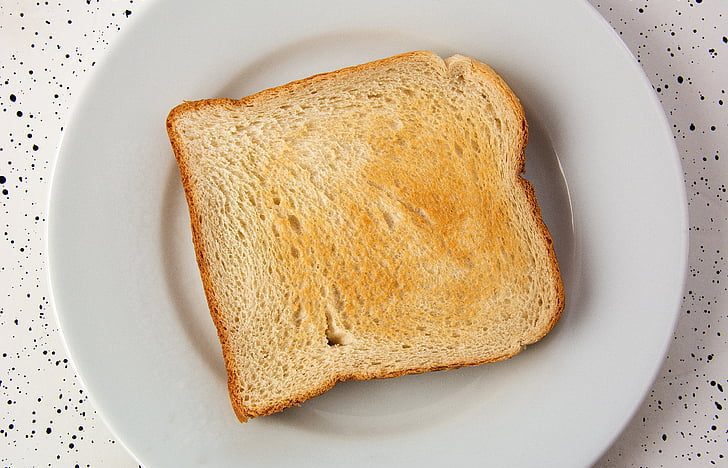Bread is a staple food in many cultures, providing a quick and versatile source of energy. Whether you prefer white, whole wheat, multigrain, or gluten-free varieties, understanding the calories in bread can help you make informed dietary choices. In this detailed guide, we’ll break down the calorie content, nutritional benefits, and ways to incorporate bread into a healthy diet.
How Many Calories Are in Bread?
The calories in bread vary depending on the type of bread, ingredients, and portion size. Below is a general breakdown of different bread varieties and their calorie content per slice (approximately 28g-30g):
Calories in Different Types of Bread (Per Slice)
- White Bread – Approximately 75-80 calories
- Whole Wheat Bread – Approximately 70-75 calories
- Multigrain Bread – Approximately 75-90 calories
- Sourdough Bread – Approximately 80-90 calories
- Rye Bread – Approximately 65-80 calories
- Gluten-Free Bread – Approximately 90-110 calories
- Baguette (French Bread) – Approximately 150-170 calories per 50g slice
Macronutrient Breakdown of Bread
Besides the calories in bread, understanding its macronutrient composition is essential for making healthier choices:
- Carbohydrates – Bread is primarily a carbohydrate source, containing 13-15g per slice.
- Protein – Provides 2-5g per slice, depending on the type.
- Fats – Most bread varieties are low in fat, with 1-2g per slice.
- Fiber – Whole grain and multigrain bread contain 2-4g of fiber per slice, promoting digestion.
Vitamins and Minerals in Bread
Different types of bread provide various essential nutrients, including:
- B Vitamins (B1, B2, B3, B6) – Support energy metabolism.
- Folate – Essential for red blood cell formation.
- Iron – Helps transport oxygen in the blood.
- Magnesium – Important for muscle and nerve function.
- Zinc – Supports immune function and wound healing.
Health Benefits of Bread
- Provides Quick Energy – Bread is an excellent source of carbohydrates for immediate fuel.
- Supports Digestive Health – Whole wheat and multigrain bread are high in fiber, aiding digestion.
- Promotes Heart Health – Whole grain bread contains antioxidants and fiber that may lower cholesterol.
- Regulates Blood Sugar Levels – Whole grain and rye bread have a lower glycemic index than white bread.
- Versatile and Satiating – Can be paired with various nutrient-dense foods to create balanced meals.
How to Include Bread in Your Diet
To enjoy the benefits of calories in bread while maintaining a healthy diet, try these options:
- Whole Wheat or Multigrain Bread – A nutritious base for sandwiches and toast.
- Avocado Toast – A fiber and healthy fat-rich breakfast or snack.
- Egg and Whole Wheat Toast – A high-protein breakfast option.
- Sourdough with Nut Butter – A probiotic-rich choice for gut health.
- Rye Bread with Smoked Salmon – A protein-packed, heart-healthy meal.
Is Bread Good for Weight Loss?
Despite the calories in bread, it can be part of a weight loss plan when consumed in moderation. Choosing whole grain or multigrain bread over refined white bread provides more fiber and nutrients, which promote satiety and prevent overeating.
Conclusion
Bread is a versatile and essential part of many diets worldwide. Understanding the calories in bread and choosing nutrient-dense varieties can help you maintain a balanced and healthy diet. Whether you enjoy it for breakfast, lunch, or dinner, bread can be a delicious and nutritious addition to your meals.




